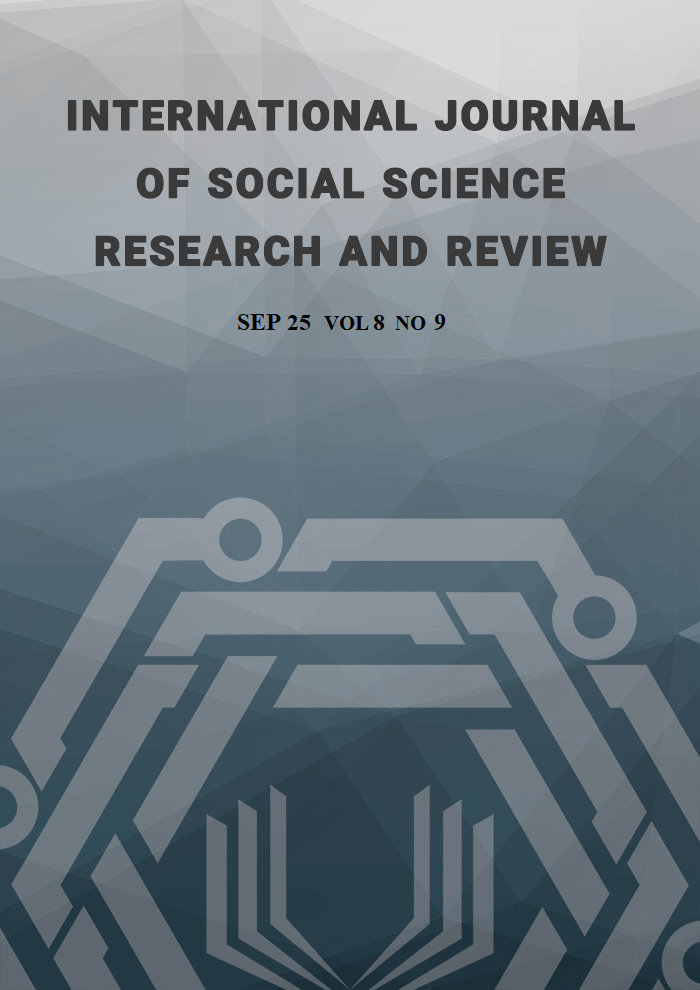Shifting Social Landscape: A Review of Socio-cultural Dynamics of Newar Community in Kathmandu, Nepal
Abstract
This paper analyzes the social landscape of the Newar population in the Kathmandu, Nepal, as well as their cultural, economic, and social dynamics. The objective of the paper is to identify the social composition and structure of the Newar community. This paper traces different socioeconomic factors while also highlighting the changing dynamics within the historically significant Newar community and offers a more comprehensive understanding of it. It utilizes existing data to determine the profile of the Newar population and investigates the contemporary trends and accompanying factors that contribute to urban settlement in Nepal. This research employed a narrative review process, using database search techniques similar to those used in systematic reviews with some key words of social issues in the Newar community of Kathmandu in Nepal Bhasa, Nepali, and English languages, and the secondary data that is published by the Central Bureau of Statistics (CBS) and National Statistics Office Nepal. In the first phase, themes and subthemes for the paper were identified, while the second phase focused on pinpointing key issues related to the structure of the Newar population, as well as the factors that foster urban gentrification. The discussions in the paper are structured around insights derived from the results, with conclusions drawn to highlight the dynamics of the population, historical underpinnings, socioeconomic patterns, household arrangements, traditional dwellings, social stratification, class dynamics, and linguistic aspects within the Newar community. Through this comprehensive examination, the paper contributes to a detailed understanding of the various factors influencing and facilitating the recognition of the major circumstances of the Newar population in the Kathmandu.

This work is licensed under a Creative Commons Attribution-NonCommercial-NoDerivatives 4.0 International License.
Copyright for this article is retained by the author(s), with first publication rights granted to the journal. This is an open-access article distributed under the terms and conditions of the Creative Commons Attribution license (https://creativecommons.org/licenses/by-nc-nd/4.0/).





